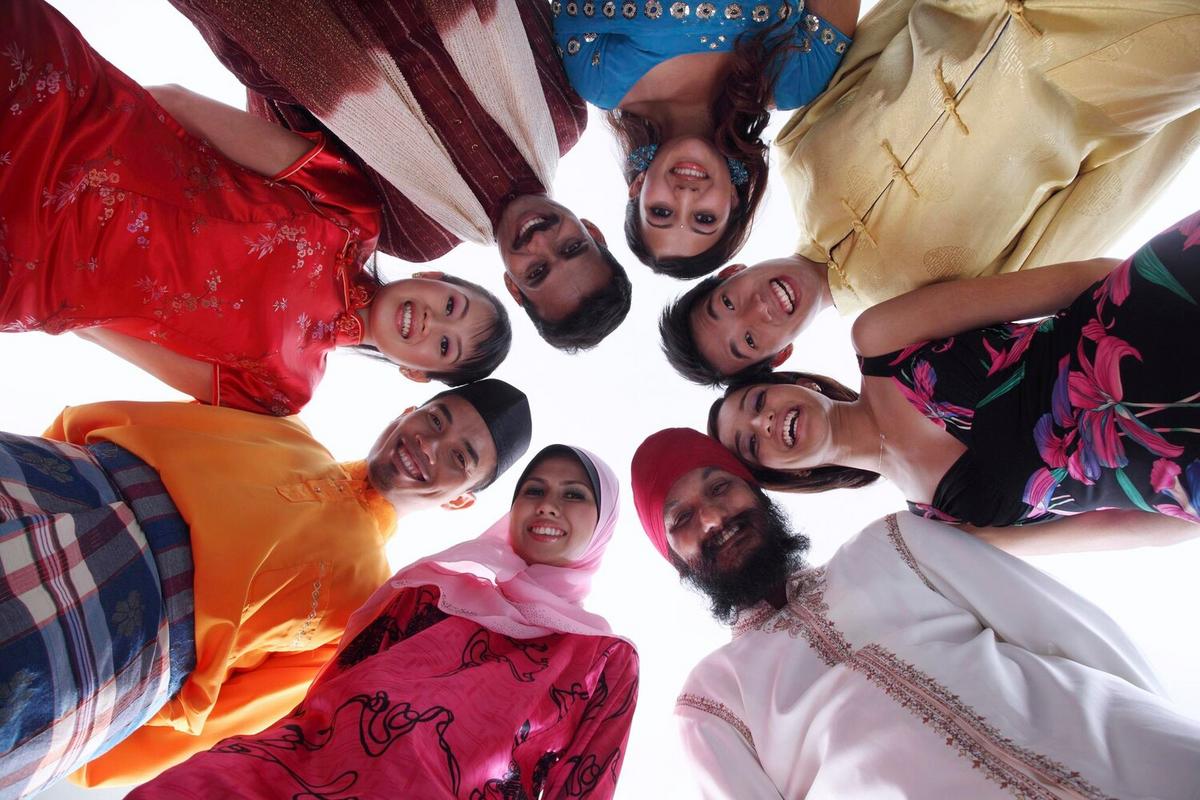In an increasingly globalized world, understanding the complexities of different cultures is more important than ever. However, myths and misconceptions about various global cultures can often obscure the reality, leading to misunderstandings and stereotypes. This blog post aims to debunk some common myths and provide a clearer picture of the rich diversity that exists around the world.
Myth vs. Reality in Global Cultures
Common Myths and Their Origins
One prevalent myth is that all Middle Eastern cultures are the same. This misconception likely arises from the generalization of a vast region with numerous countries, each with unique traditions and customs. According to a study by the Pew Research Center, the Middle East is home to a variety of ethnic groups, languages, and religions, each contributing to a distinct cultural landscape.
Expert Opinions
Dr. Ahmed Al-Kandari, a cultural anthropologist, explains, “It’s essential to recognize the diversity within the Middle East. For instance, the cultural practices in Turkey are vastly different from those in Saudi Arabia.” This diversity is often overshadowed by the media’s portrayal of the region.
Statistics and Research
Research findings from the UNESCO indicate that cultural homogeneity is a myth. In fact, even within a single country, there can be significant cultural variations. For example, India has 22 officially recognized languages and hundreds of dialects, each with its own cultural nuances.
Personal Anecdotes
Having traveled extensively in Asia, I’ve encountered numerous instances where local customs challenged my preconceived notions. In Japan, for example, the concept of “omotenashi” or selfless hospitality left a lasting impression on me. This practice goes beyond simple politeness, reflecting a deep cultural value that prioritizes guest comfort and satisfaction.
Actionable Tips to Avoid Cultural Misunderstandings
- Do Your Research: Before visiting a new country, take the time to learn about its customs and traditions.
- Be Open-Minded: Approach new cultures with curiosity and respect.
- Ask Questions: If you’re unsure about a cultural practice, politely ask locals for guidance.
- Avoid Generalizations: Recognize that each culture is unique, even within a single country.
Comparison Table: Myths vs. Reality
| Myth | Reality |
|---|---|
| All Middle Eastern cultures are the same. | The Middle East is a diverse region with distinct cultural practices. |
| Asian cultures are monolithic. | Asia is home to a wide variety of languages, religions, and traditions. |
| African cultures are primitive. | Africa has a rich history and complex social structures. |
| All Europeans are similar. | Europe comprises numerous countries, each with its own unique culture. |
| Latin American cultures are identical. | Latin America is a region of diverse cultural expressions and histories. |
| Indigenous cultures are static. | Indigenous cultures are dynamic and continually evolving. |
| Western culture is homogeneous. | Western culture is a blend of various influences and traditions. |
| Globalization erases cultural differences. | Globalization often highlights cultural uniqueness and fosters cross-cultural exchange. |
Pro Tips
Pro Tip:
When traveling, try to learn a few key phrases in the local language. This effort is often appreciated and can help bridge cultural gaps.
FAQ Section
What is the biggest misconception about global cultures?
The biggest misconception is that cultures are monolithic and unchanging. In reality, cultures are dynamic and constantly evolving.
How can I avoid cultural misunderstandings?
Research, openness, and respectful communication are key to avoiding cultural misunderstandings.
Why is it important to debunk cultural myths?
Debunking cultural myths fosters mutual respect and understanding, promoting a more inclusive and harmonious global community.
Conclusion
Understanding the myths and realities of global cultures is crucial for fostering a more inclusive world. By challenging stereotypes and embracing cultural diversity, we can build stronger, more respectful relationships across borders. So, the next time you encounter a cultural practice that seems unfamiliar, take a moment to learn and appreciate the rich tapestry of human experience that it represents.




Leave a Reply